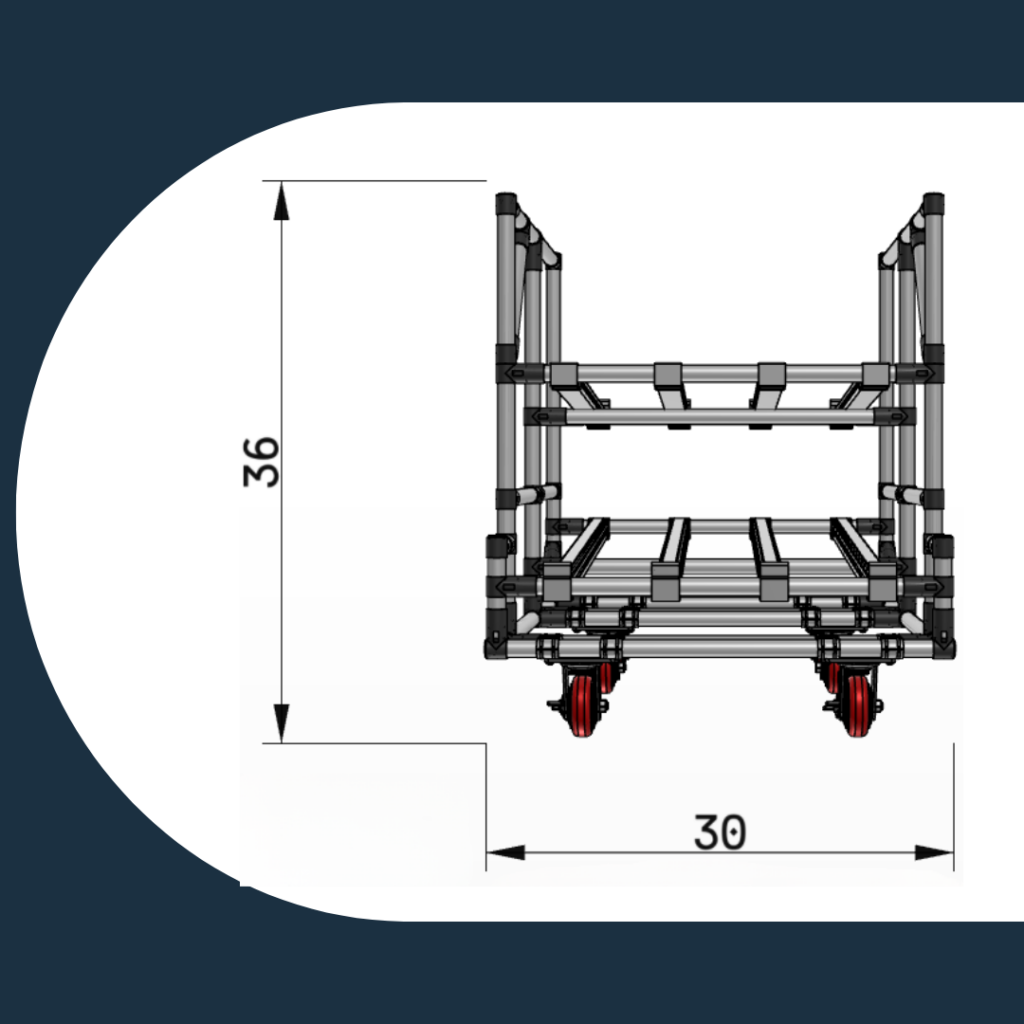Collaborative robots, or cobots, have emerged as a revolutionary tool, empowering manufacturers such as you to streamline your processes, enhance productivity, and achieve new levels of flexibility and cost-effectiveness. In this blog post, we will explore the various types of collaborative robots used in the manufacturing process and delve into how Rhino Tool House can help manufacturers select and integrate the perfect cobot solution for their specific needs.
Understanding Collaborative Robots:
Collaborative robots, often referred to as cobots, are designed to work safely alongside human operators, augmenting their capabilities, and easing the burden of repetitive and mundane tasks. Unlike traditional industrial robots, cobots boast advanced sensors and programming that allow them to collaborate directly with human workers, enhancing overall efficiency and reducing the risk of accidents.
Types of Collaborative Robots:
1. Assistive Cobots: These cobots are designed to support human operators by reducing physical strain and improving ergonomics. They can handle heavy lifting, repetitive tasks, and precise assembly, providing a helping hand on the assembly line and reducing the risk of injury.
2. Safety Cobots: These cobots are equipped with advanced safety features, such as force-torque sensors and collision detection, ensuring they automatically stop or slow down when they encounter unexpected obstacles. Safety cobots are ideal for applications where close human-robot collaboration is essential.
3. Programming Cobots: These cobots are user-friendly and easy to program, often employing graphical interfaces or intuitive programming languages. They enable quick deployment and reconfiguration for different tasks, making them versatile assets for dynamic manufacturing environments.
4. Machine Tending Cobots: Specialized in automating machine tending tasks, these cobots excel in loading and unloading raw materials and finished products from various machines. By assuming this responsibility, they free up human workers to focus on higher-value tasks.
5. Quality Control Cobots: These cobots are equipped with high-precision sensors to carry out inspection and quality control tasks. They can quickly and accurately detect defects, ensuring products meet the required standards before they reach the customers.
How Rhino Tool House Helps You Find the Right Cobot for Your Application
1. Needs Assessment: Rhino Tool House starts by understanding your unique requirements and the most significant pain points from your plant floor. This allows Rhino to identify the best cobot applications that align with your specific goals and production processes.
2. Cobot Selection: With an extensive range of collaborative robot offerings, Rhino Tool House guides you in selecting the most suitable cobots for your specific needs. Whether it’s assistive cobots, safety cobots, or any other type, Rhino ensures that the chosen robots integrate seamlessly into your existing workflows.
3. Integration and Training: You may think that implementing cobots can be a complex process, but Rhino Tool House simplifies it by providing expert guidance on integration, programming, and setup. Additionally, they offer comprehensive training programs to familiarize you and your operators with cobot operation and safety protocols.
4. Ongoing Support: Rhino Tool House stands by you even after successful cobot integration in your operations. They offer maintenance services, updates, and continuous support to ensure your cobots continue to operate at peak performance.
Collaborative robots have transformed the manufacturing landscape, enabling businesses to achieve unprecedented levels of efficiency, safety, and flexibility.
As the manufacturing industry evolves, cobots will continue to play a crucial role in driving innovation and growth. Rhino Tool House, with its comprehensive expertise and commitment to excellence, is the ideal partner for manufacturers seeking to embrace this transformative technology. With their guidance, manufacturers can optimize their manufacturing processes and secure a brighter future in the dynamic world of manufacturing.



